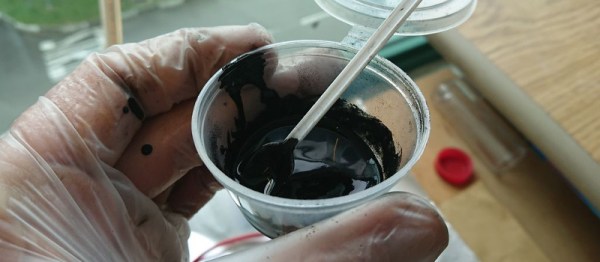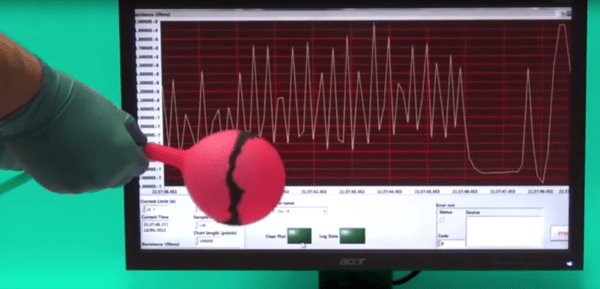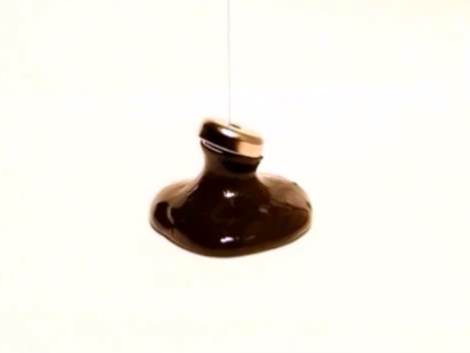It is sort of an electronics rule 34 that if something occurs, someone needs to sense it. [Bblorgggg], for reasons that aren’t immediately obvious, needs to sense ants moving over trees. No kidding. How are you going to do that? His answer was to use graphene.
Actually, his super sensitive sensors mix graphene in Silly Putty, an unlikely combination that he tried after reading (on Hackaday, no less) about similar experiments at Trinity College resulting in Gputty. The Gputty was highly sensitive to pressure, and so it appears is his DIY version called Goophene. At Trinity they claimed to be able to record the footsteps of a spider, so detecting ant stomping didn’t seem too far-fetched. You can see a video of the result, below.
Continue reading “DIY Graphene Putty Makes Super Sensitive Sensor”













